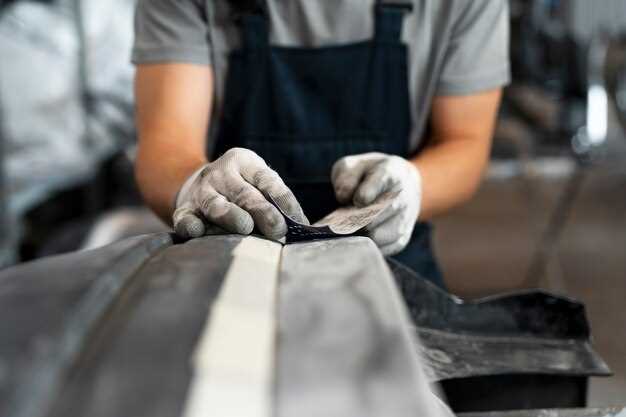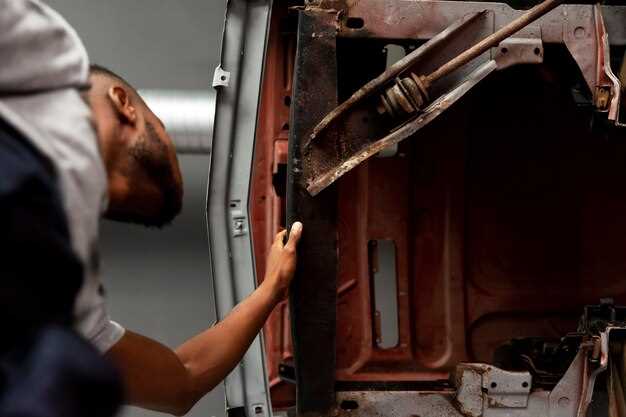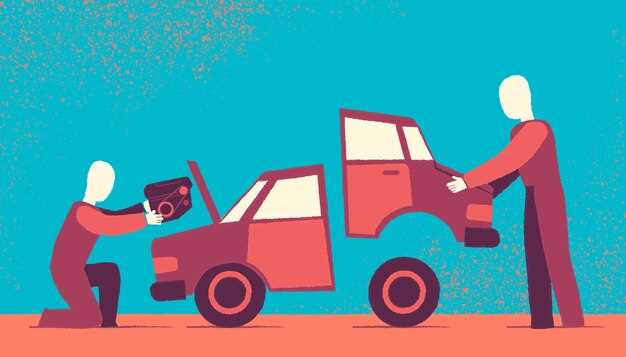
When a car accident occurs, the impact can lead to significant damage, particularly to the bodywork of the vehicle. Body panels serve not only as protective outer coverings but also play a crucial role in the overall safety and aesthetic appeal of the car. After an accident, assessing the extent of the damage to these panels is vital for ensuring the vehicle can be restored to its pre-accident condition.
Replacing damaged body panels is an essential step in the repair process. Neglecting this can lead to further complications down the line, such as rust formation and structural weaknesses. Furthermore, properly executed bodywork repairs help maintain the vehicle’s resale value and ensure it complies with safety standards.
In this article, we will explore the necessary steps and considerations involved in replacing body panels after a crash. From assessing damage to choosing the right materials and professional services, understanding this process will empower vehicle owners to make informed decisions regarding their repairs.
Assessing Damage: How to Identify Replaceable Body Panels

After a car crash, assessing the damage is crucial for effective repair. Identifying which body panels can be replaced rather than repaired can save time and costs during the restoration process. Start by examining the exterior of the vehicle for visible dents, scratches, or cracks.
Visual Inspection: Conduct a thorough visual inspection of the affected areas. Look for any signs of structural damage or misalignment. Panels that are bent beyond repair often need replacement. Pay particular attention to the areas around the headlights, taillights, and door frames, as these sections sustain significant impact during a collision.
Tactile Assessment: Gently press on damaged panels. If the metal feels excessively crumpled or you can easily feel the underlying structure, it may indicate that replacement is necessary. If the panel has deep creases, even if they might seem repairable, consider the longevity of the repairs versus the cost of a new panel.
Rust or Paint Damage: Look for signs of rust or paint peeling. If the damage extends through to the metal, the integrity of the panel could be compromised. Replacing a panel with excessive rust ensures better bodywork quality and longevity.
Consulting Professionals: For the best assessment, always consult a professional technician. They possess the expertise to confirm whether a body panel can be effectively repaired. Their evaluation often includes checking for underlying damage that might not be visible to an untrained eye.
In summary, careful evaluation through both visual and tactile methods, along with expert consultation, will aid in determining which body panels are suitable for replacement, thus ensuring a thorough and lasting repair process.
Step-by-Step Guide to Removing and Replacing Body Panels
Replacing damaged body panels is a crucial part of auto body repair. Follow these steps to ensure an efficient and effective process.
Step 1: Gather Necessary Tools and Materials
Before starting, ensure you have all required tools, including socket sets, screwdrivers, pliers, and a panel removal tool. You will also need replacement panels and any adhesives or fasteners required for installation.
Step 2: Safety First
Always prioritize safety. Wear gloves and goggles to protect yourself from sharp edges and debris while working on the car’s bodywork.
Step 3: Remove Interior Components
Depending on the panel being replaced, you may need to remove interior parts such as trim or seats. This access is essential for reaching hidden fasteners safely.
Step 4: Detach the Damaged Panel
Using the appropriate tools, start by removing screws, bolts, and clips that hold the damaged panel in place. If necessary, gently pry off the panel using a panel removal tool to avoid causing additional damage.
Step 5: Clean the Area
Once the panel is removed, clean the surface where the new panel will be attached. Remove any rust, dirt, or debris to ensure a solid bond.
Step 6: Install the New Panel
Align the replacement panel with the original mounting points. Secure it in place using the screws, bolts, or clips that were removed earlier. Make sure everything is tight and properly positioned.
Step 7: Reattach Interior Components
Once the new panel is secured, reinstall any interior components removed in Step 3. Double-check that everything is in place and functioning correctly.
Step 8: Final Inspection
Inspect the newly installed bodywork for any gaps, misalignments, or defects. Ensure that the finish matches the surrounding areas or plan to paint it if necessary.
By following these steps, you can effectively remove and replace damaged body panels, restoring your vehicle’s appearance and integrity. Proper attention to detail will lead to successful repair outcomes.
Choosing the Right Materials for Body Panel Replacement

After an accident, selecting appropriate materials for body panel replacement is crucial for restoring the vehicle’s integrity and appearance. The choice primarily revolves around two common materials: steel and aluminum, each having distinct advantages and disadvantages in the context of bodywork.
Steel panels are favored for their strength and durability. They offer excellent protection against impacts, making them a solid choice for areas prone to damage. Additionally, steel can be easily repaired through techniques like welding and can be more cost-effective. However, it is heavier than aluminum, which can affect fuel efficiency and the overall performance of the vehicle.
Aluminum panels, on the other hand, are lighter, contributing to improved fuel efficiency and handling. They are also resistant to corrosion, which can enhance the lifespan of the bodywork. However, aluminum is more challenging to repair than steel; specialized techniques and equipment are often required, leading to higher labor costs. Additionally, when damaged, aluminum panels can be more expensive to replace.
Another important factor to consider is the use of composite materials. Composites offer a unique blend of strength and lightweight properties, suitable for modern vehicles aimed at maximizing performance. They can also provide better aesthetic results, but their repairability can be an issue. If composite panels are damaged, replacement is often necessary, which can lead to increased vehicle repair costs.
Ultimately, the choice of materials should align with the vehicle owner’s priorities–whether it be cost, durability, performance, or aesthetics. Consulting with a professional body shop can provide insights tailored to specific circumstances, ensuring that the selected panels will not only match the vehicle’s original specification but also contribute to its long-term functionality.











